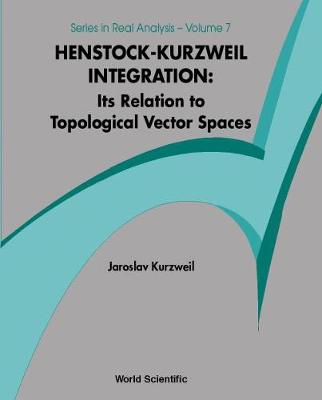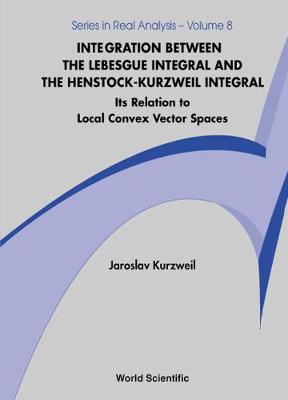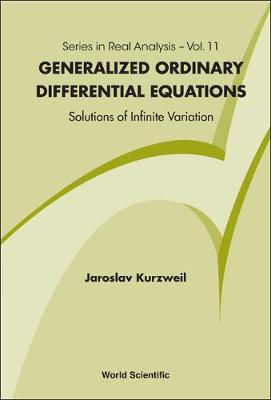Series In Real Analysis
3 primary works
Book 7
Henstock-kurzweil Integration: Its Relation To Topological Vector Spaces
by Jaroslav Kurzweil
Published 12 April 2000
Henstock-Kurzweil (HK) integration, which is based on integral sums, can be obtained by an inconspicuous change in the definition of Riemann integration. It is an extension of Lebesgue integration and there exists an HK-integrable function f such that its absolute value |f| is not HK-integrable. In this book HK integration is treated only on compact one-dimensional intervals.The set of convergent sequences of HK-integrable functions is singled out by an elementary convergence theorem. The concept of convergent sequences is transferred to the set P of primitives of HK-integrable functions; these convergent sequences of functions from P are called E-convergent. The main results: there exists a topology U on P such that (1) (P,U) is a topological vector space, (2) (P,U) is complete, and (3) every E-convergent sequence is convergent in (P,U). On the other hand, there is no topology U fulfilling (2), (3) and (P,U) being a locally convex space.
Book 8
The main topics of this book are convergence and topologization. Integration on a compact interval on the real line is treated with Riemannian sums for various integration bases. General results are specified to a spectrum of integrations, including Lebesgue integration, the Denjoy integration in the restricted sense, the integrations introduced by Pfeffer and by Bongiorno, and many others. Morever, some relations between integration and differentiation are made clear.The book is self-contained. It is of interest to specialists in the field of real functions, and it can also be read by students, since only the basics of mathematical analysis and vector spaces are required.
Book 11
Generalized Ordinary Differential Equations: Not Absolutely Continuous Solutions
by Jaroslav Kurzweil
Published 27 January 2012
This book provides a systematic treatment of the Volterra integral equation by means of a modern integration theory which extends considerably the field of differential equations. It contains many new concepts and results in the framework of a unifying theory. In particular, this new approach is suitable in situations where fast oscillations occur.


